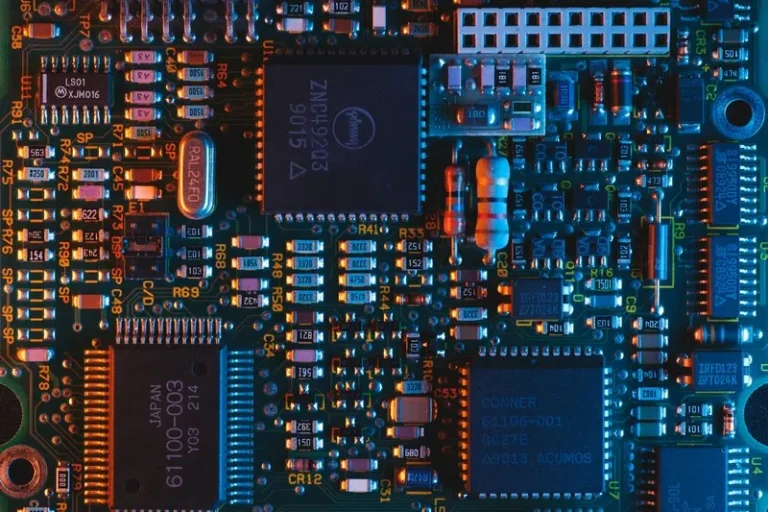Table of Contents
- Introduction
- What Is Panopticism?
- The Body as a Site of Discipline
- Institutions and the Disciplining of Bodies
- Resistance and the Body
- Conclusion
Introduction
Panopticism, a concept derived from Michel Foucault’s seminal work on power and surveillance, offers a profound lens through which we can analyze the relationship between power, knowledge, and the human body. In Foucault’s discussion, the Panopticon—a design for a prison conceptualized by Jeremy Bentham—serves as a metaphor for modern disciplinary societies. While Foucault’s ideas have often been applied to institutions such as prisons, schools, and workplaces, this article will explore how panoptic mechanisms shape our understanding and control of the body. By examining the role of surveillance, normalization, and self-discipline, we uncover how power dynamics profoundly influence the ways individuals experience, perceive, and regulate their own bodies.
What Is Panopticism?
The Panopticon as a Model of Power
The Panopticon is an architectural design featuring a central tower surrounded by a circular arrangement of cells. The design allows a single observer in the tower to monitor every cell without those being observed knowing whether they are being watched at any given time. This uncertainty compels individuals to regulate their own behavior as if they are always under surveillance.
For Foucault, the Panopticon is more than a building; it is a mechanism for inducing conformity and control. He extends this architectural metaphor to describe how modern societies function, arguing that institutions adopt similar strategies of surveillance to exert power and discipline over individuals.
Panopticism in Modern Society
Foucault’s panopticism does not require physical walls or an actual observer. Instead, it operates as a pervasive system of surveillance embedded within societal structures. Modern examples include the use of CCTV, data tracking, and workplace monitoring. Beyond physical surveillance, panopticism also functions through social norms and cultural expectations, creating a society in which individuals internalize the gaze of authority.
The Body as a Site of Discipline
Surveillance and the Body
The body is central to the operation of panoptic power. From health monitoring to biometric data collection, contemporary systems of surveillance often focus directly on the body. For instance:
- Healthcare Systems: Individuals are constantly monitored through fitness trackers, electronic health records, and diagnostic tools, all of which collect data to assess compliance with health standards.
- Workplace Surveillance: Employers monitor employees through tools that track posture, activity levels, and productivity, linking bodily performance to professional success.
- Public Spaces: Surveillance cameras in urban areas frequently target individuals based on bodily appearance, movements, or behaviors, enforcing norms around what is considered acceptable.
Normalization and Bodily Standards
One of panopticism’s key mechanisms is normalization, where deviations from established norms are identified and corrected. The body becomes a primary site where societal norms are inscribed and enforced. This is evident in:
- Beauty Standards: Media and advertising industries perpetuate idealized body types, compelling individuals to align their physical appearances with unattainable standards.
- Gender Norms: Expectations around masculinity and femininity shape how individuals dress, groom, and carry themselves, often under the scrutiny of both peers and institutional forces.
- Health Norms: Public health campaigns and fitness culture encourage individuals to conform to specific body weights, diets, and activity levels, equating health with moral and social worth.
Self-Surveillance and the Disciplined Body
One of the most insidious aspects of panopticism is its ability to make individuals internalize the gaze of authority, leading to self-surveillance. This self-regulation ensures that power operates even in the absence of external monitoring. Examples include:
- Dieting and Exercise: Individuals meticulously track calories, steps, and exercise routines, often driven by societal pressures rather than personal health goals.
- Cosmetic Surgery and Alterations: The rise of cosmetic enhancements reflects the internalization of beauty standards, with individuals altering their bodies to align with cultural ideals.
- Social Media: Platforms like Instagram and TikTok amplify the panoptic gaze, as users curate their appearances and behaviors for an imagined audience, reinforcing norms around attractiveness and desirability.
The Intersection of Technology and Bodily Surveillance
Modern technologies have expanded the reach of panoptic power. Biometric systems, facial recognition software, and wearable devices now monitor not only bodily actions but also internal biological processes. These advancements have profound implications for how individuals understand and manage their bodies, as they are often compelled to share intimate data with corporate or governmental entities. While such technologies can enhance personal health and security, they also contribute to a culture of hyper-surveillance.
Institutions and the Disciplining of Bodies
Get the full article AD FREE. Join now for full access to all premium articles.
View Plans & Subscribe Already a member? Log in.





